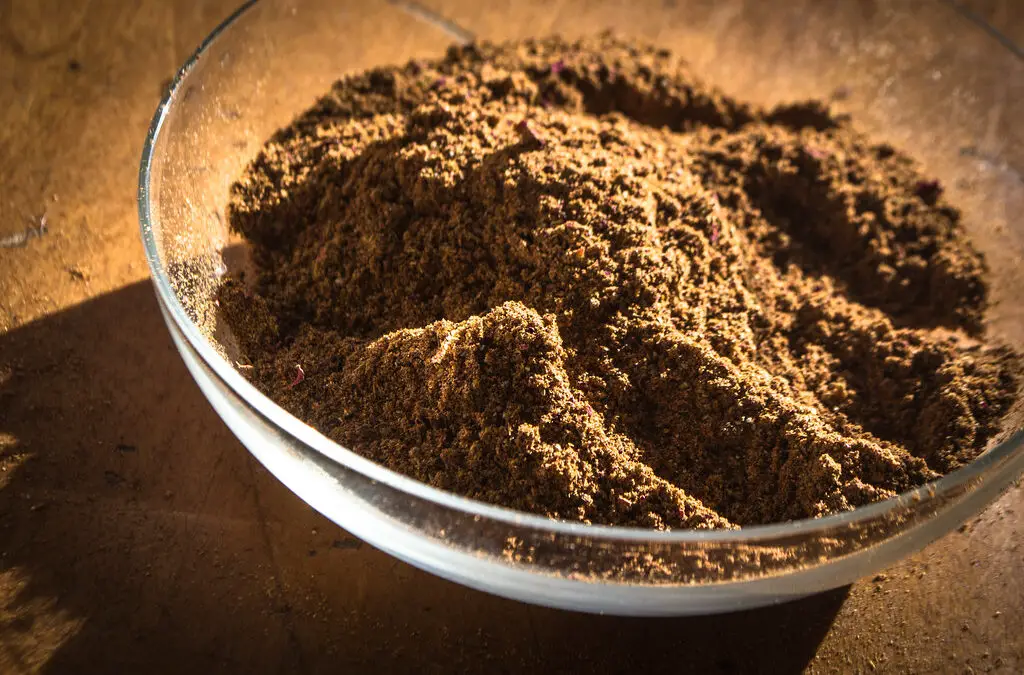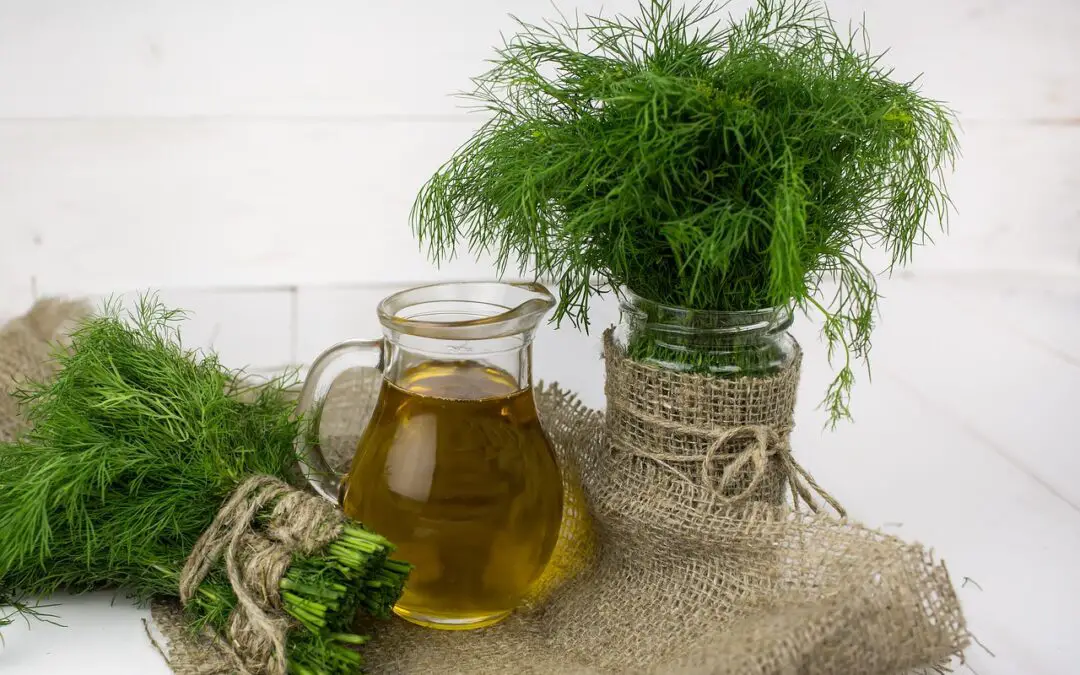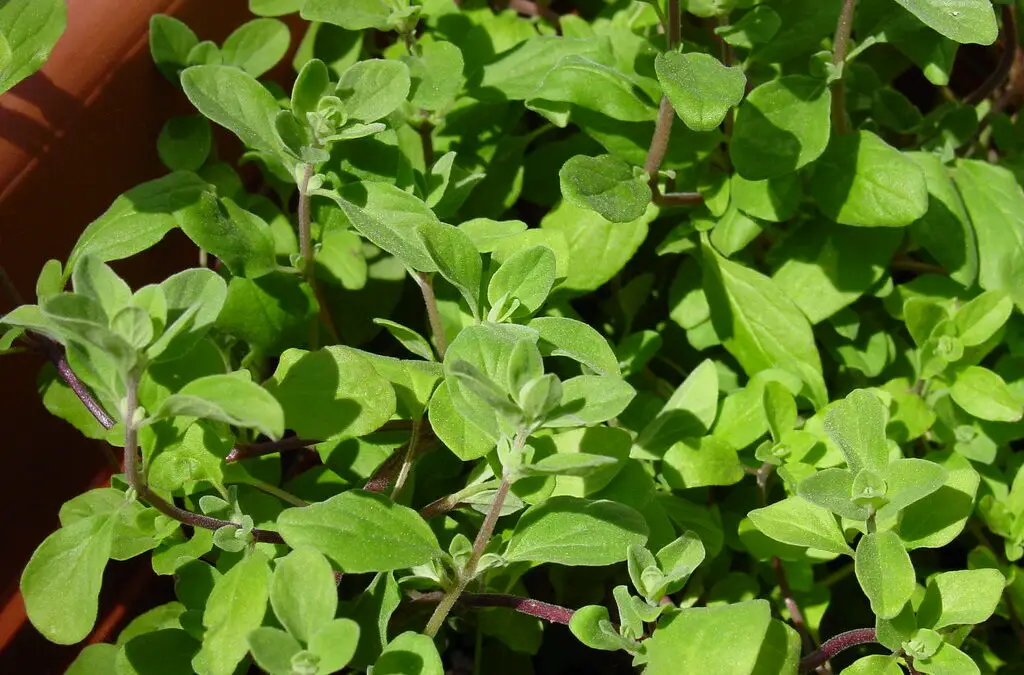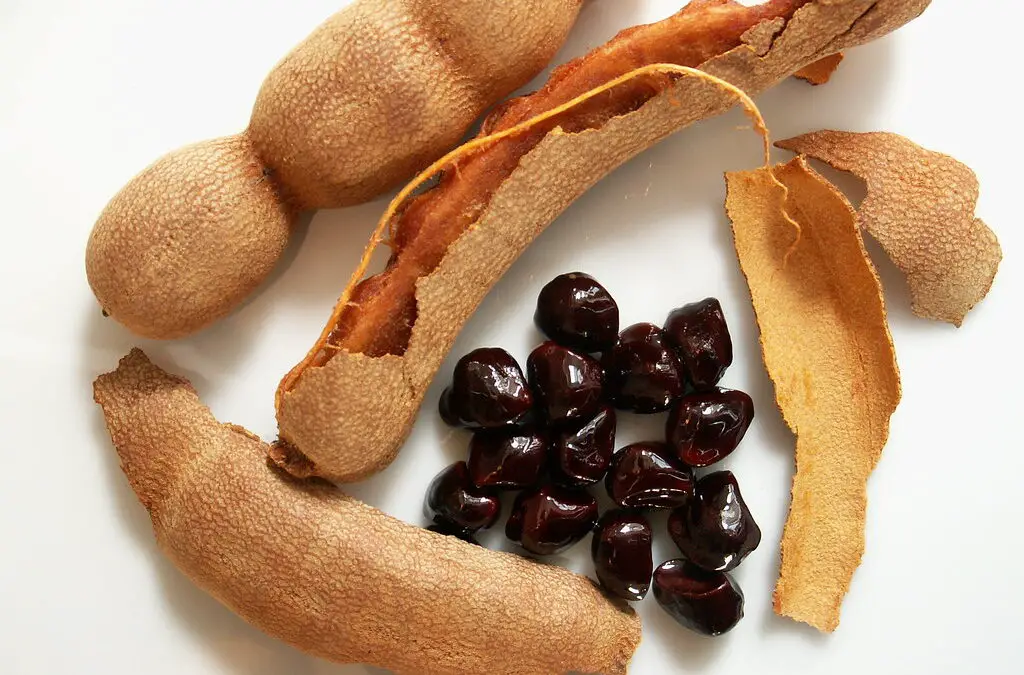Sumac is a spice that is often used in Middle Eastern and Mediterranean cuisine. It has a tangy, citrusy flavor that can add a unique twist to dishes such as hummus, kebabs, and salads. Sumac spice is made from the dried and ground berries of the sumac plant, which is native to the Mediterranean region.
Aside from its culinary uses, sumac has also been used for medicinal purposes. It has been traditionally used to treat digestive issues, such as diarrhea, and has also been used as a natural remedy for sore throats and colds. Additionally, sumac has been found to have anti-inflammatory properties, which may make it useful in treating conditions such as arthritis. Despite its potential health benefits, it is important to note that more research is needed in order to fully understand the medicinal properties of sumac.
What is Sumac?
Sumac is a spice that is commonly used in Middle Eastern and Mediterranean cuisine. It is made from the dried and ground berries of the sumac plant. The sumac plant is a small shrub that is native to the Middle East and parts of the Mediterranean.
Sumac has a tangy, lemony flavor that is often used to add a sour note to dishes. It is a popular ingredient in dishes such as fattoush salad, hummus, and kebabs. It can also be used as a seasoning for meats, vegetables, and rice dishes.
In addition to its culinary uses, sumac has also been used for medicinal purposes for centuries. It is believed to have anti-inflammatory properties and may help to reduce the risk of heart disease. However, more research is needed to fully understand the potential health benefits of sumac.
Overall, sumac is a versatile spice that can add a unique flavor to a variety of dishes. It is easy to find in most grocery stores and is a great addition to any spice rack.
Health Benefits of Sumac
Sumac is a spice that is commonly used in Middle Eastern and Mediterranean cuisines. It is known for its tangy and lemony flavor, but it also has a range of health benefits.
One of the main benefits of sumac is its high concentration of antioxidants. Antioxidants help to protect the body from damage caused by harmful molecules called free radicals. By neutralizing these free radicals, sumac can help to prevent chronic diseases such as cancer, heart disease, and Alzheimer’s.
Sumac is also rich in anti-inflammatory compounds. While inflammation is a normal reaction to injury or infection, prolonged inflammation can lead to various health complications. By reducing inflammation, sumac can help to alleviate symptoms of conditions such as arthritis and asthma.
Additionally, sumac has been shown to have antimicrobial properties. This means that it can help to fight off harmful bacteria and viruses. This makes it a useful addition to the diet during cold and flu season.
Overall, sumac is a delicious spice that also has a range of health benefits. By incorporating sumac into your diet, you can help to protect your body from a range of chronic diseases and improve your overall health.
Culinary Uses of Sumac Spice
Sumac is a versatile spice that is commonly used in Middle Eastern and Mediterranean cuisine. It has a tangy, lemony flavor that adds a unique twist to dishes. Here are some common culinary uses of sumac:
- Seasoning for meats: Sumac is a great seasoning for meats, especially chicken and lamb. It can be used as a dry rub or mixed with olive oil and used as a marinade. The tangy flavor of sumac helps to cut through the richness of the meat and adds a delicious depth of flavor.
- Salad dressing: Sumac can be used to make a simple salad dressing by mixing it with olive oil, lemon juice, and salt. This dressing is perfect for salads that include ingredients like tomatoes, cucumbers, and onions.
- Spice blend: Sumac is often used in spice blends, such as za’atar. Za’atar is a blend of sumac, sesame seeds, thyme, and other spices. It is commonly used as a seasoning for bread, but can also be used to season meats and vegetables.
- Garnish: Sumac can be used as a garnish for dishes like hummus, baba ganoush, and other Middle Eastern dips. It adds a pop of color and flavor to these dishes.
- Vegetable seasoning: Sumac can be used to season vegetables like roasted eggplant, zucchini, and cauliflower. It adds a tangy flavor that pairs well with the earthy flavor of these vegetables.
Overall, sumac is a versatile spice that can be used in a variety of dishes. It adds a unique flavor that is sure to impress.
Different Varieties of Sumac
Sumac is a versatile spice used in many cuisines around the world. There are several varieties of sumac, each with its unique flavor and properties. Here are some of the different types of sumac:
- Staghorn Sumac: This variety of sumac is native to North America and is the most commonly used in cooking. It has a tart, lemony flavor and is often used as a substitute for lemon juice or vinegar.
- Smooth Sumac: Also native to North America, the smooth sumac has a milder flavor than the staghorn sumac. It is often used in teas and infusions and has a slightly sweet taste.
- Fragrant Sumac: This variety of sumac is native to the eastern United States and has a sweet, citrusy aroma. It is often used in perfumes and soaps.
- Elm-Leaved Sumac: This sumac is native to the Mediterranean region and has a strong, tangy flavor. It is often used in Middle Eastern cuisine, particularly in spice blends like za’atar.
- Sicilian Sumac: This variety of sumac is native to Italy and has a fruity, slightly sour taste. It is often used in Sicilian cuisine, particularly in dishes like caponata.
Each variety of sumac has its unique flavor and properties. Whether you’re looking for a tart, lemony taste or a sweet, citrusy aroma, there’s a sumac variety that’s perfect for your needs.
Conclusion
In summary, Sumac is a versatile spice that has been used for centuries in various cuisines around the world. Its tangy and lemony flavor adds depth and complexity to dishes, making it a popular ingredient in Middle Eastern, Mediterranean, and North African cuisine.
Sumac spice is also a great source of antioxidants, which can help protect the body from oxidative stress and inflammation. It has been shown to have anti-inflammatory and antimicrobial properties, making it a potential natural remedy for various health conditions.
When using Sumac in cooking, it is important to keep in mind that a little goes a long way. It is best used as a finishing spice, sprinkled on top of dishes like salads, hummus, or roasted vegetables. It can also be used as a rub for meats or as a seasoning for rice and other grains.
Overall, Sumac is a flavorful and healthy spice that can add a unique twist to any dish. It is definitely worth trying out in your next recipe!




